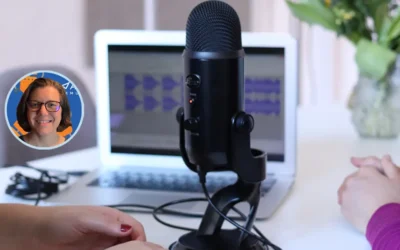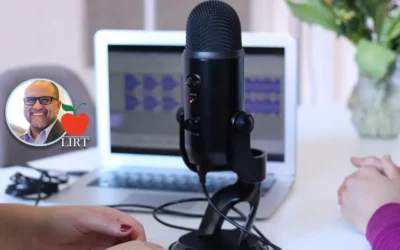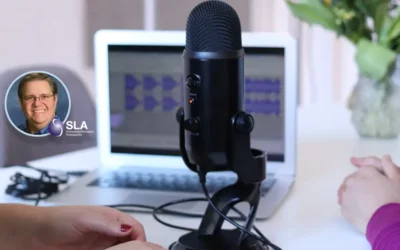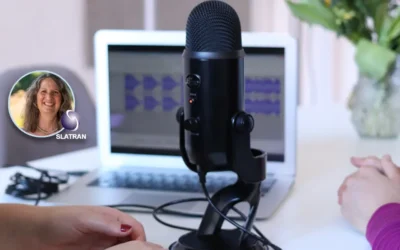Self-Regulated Learning in Face-to-Face and Virtual Environments
Lauren Hays
The concept of self-regulation “refers to self-generated thoughts, feelings, and actions that are planned and cyclically adapted to the attainment of personal goals,” (Zimmerman 2000, p. 14). Out of self-regulation comes self-regulated learning where learners monitor and manage their work towards learning goals.
In other words, self-regulated learning is the extent to which a person has control over their learning. Self-regulated learning includes choice, goal setting, and the development of strategies to obtain goals. To be a self-regulated learner, a person must use:
- Metacognitive processes where the learner thinks about and evaluates their learning strategies.
- Cognitive processes which are specific learning strategies such as using graphs, memorization, etc.
- Motivational processes where learners develop goals and design strategies to obtain their goals.
Self-regulated learning matters because learners who are self-regulated are active in their own learning. Furthermore, self-regulation has been shown to increase retention in online learning environments (Galla et al., 2019; Peck et al., 2018).
Many adults are already self-regulated learners and do not need support to incorporate self-regulated learning strategies. However, not all adults are self-regulated learners and can benefit from the inclusion of instructional strategies that support their ability to be self-regulated.
For special librarians who teach skills that many adults need for their employment responsibilities and lifelong learning, it can behoove them to include self-regulated learning strategies into their instruction. Specific ideas are below:
- Provide learners with time to reflect on their learning goals. Ask them what they need to learn for their job. Ask what they want to learn.
- Encourage learners to identify how required training aligns with their learning goals.
- Ask learners to brainstorm additional training that would be useful to them in helping them meet their goals.
- Give learners choice in how they complete any required training.
- Help learners make their learning visible. Give them opportunities to demonstrate their learning.
In virtual settings, you can incorporate the following strategies for self-regulated learning:
- Teach in a cohort model so learners are motivated and encouraged by others.
- Use a progress bar so learners know where they are in their training path.
- Provide a space for learners to display their learning goals online. Then, when training is completed that aligns with their goals they can show progress in something that matters to them.
Self-regulated learning is important for adults who want to grow in their knowledge and skills. Special librarians who provide instruction can use strategies to encourage adults to become more self-regulated in their learning.
Suggested readings
Burns, M. (2020). Turning on, tuning in, and dropping out. eLearningIndustry. https://elearningindustry.com/self-regulation-in-online-learning
Teaching excellence in adult literacy. (2010). Self-regulated learning. https://lincs.ed.gov/sites/default/files/3_TEAL_Self%20Reg%20Learning.pdf
References
Galla, B. M., Shulman, E. P., Plummer, B. D., Gardner, M., Hutt, S. J., Goyer, J. P., … & Duckworth, A. L. (2019). Why high school grades are better predictors of on-time college graduation than are admissions test scores: The roles of self-regulation and cognitive ability. American Educational Research Journal, 56(6). https://doi.org/10.3102/0002831219843292
Peck, L., Stefaniak, J. E., & Shah, S. J. (2018). The correlation of self-regulation and motivation with retention and attrition in distance education. Quarterly Review of Distance Education, 19(3), 1-80.
Zimmerman, B. J. (2000). Attaining self-regulation: A social cognitive perspective. In Handbook of self-regulation (pp. 13-39). Academic Press
Lauren Hays
Lauren Hays, PhD, is an Assistant Professor of Instructional Technology at the University of Central Missouri. Please read her other posts about skills for special librarians. And take a look at Lucidea’s powerful integrated library systems, SydneyEnterprise, and GeniePlus, used daily by innovative special librarians in libraries of all sizes and budgets.
Similar Posts
Interview with Susannah Barnes about the SLA Data Community
Susannah Barnes is the Co-Lead of the Data Community for the Special Libraries Association. If you work with data in any capacity, this interview will be of interest to you.
Interview with Victor Baeza about ALA’s Library Instruction Round Table
Interview with Victor Baeza, President of LIRT, about how it benefits from and supports special librarians whose roles involve teaching or training.
Interview with Eugene Giudice, SLA Treasurer
Interview with SLA’s Treasurer about the future of the special library profession and how the Special Libraries Association can benefit librarians
Interview with Cara Marcus on Transportation Librarianship and SLA
Interview with Cara Marcus, the president of the Special Libraries Association (SLA) transportation community about transportation libraries and SLA
Hosting service
Enjoy all of the benefits of your Lucidea solution with secure, reliable, stress free hosting
Programs & incentives
No matter your size or budget, we’ve got you covered, today and tomorrow




Leave a Comment
Comments are reviewed and must adhere to our comments policy.
0 Comments